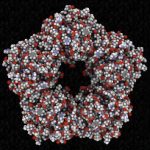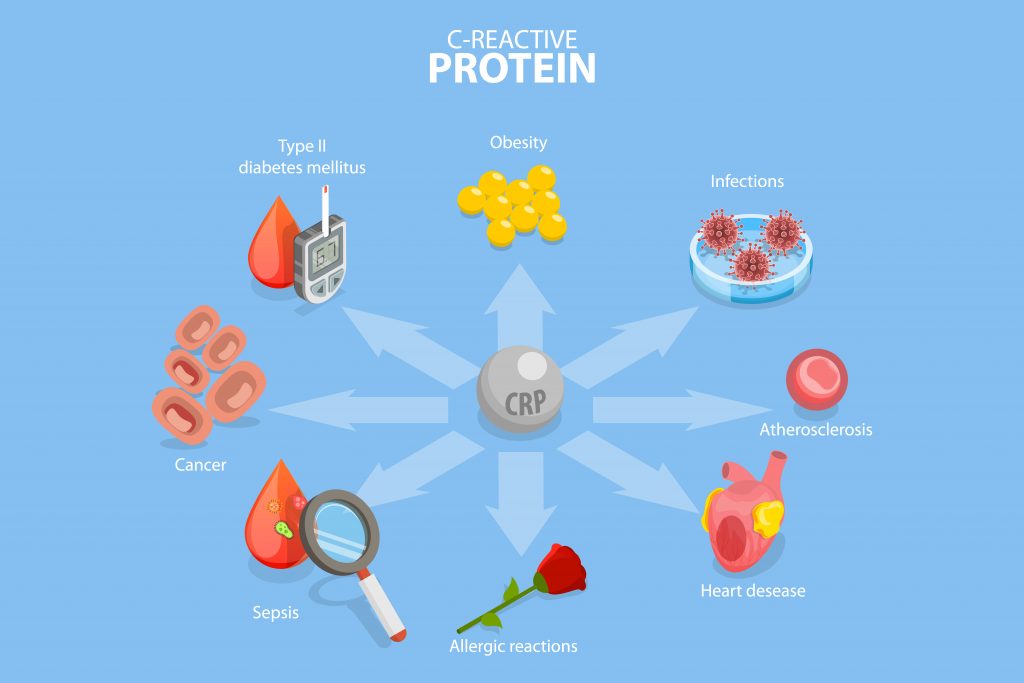
C-reactive protein (CRP) is a critical player in the longevity game. Its roots trace back to 1930 when it was discovered by William S. Tillett and Thomas Francis Jr. Earning its name from the “C” in pneumococcal C-polysaccharide, CRP is a crucial biomarker for inflammation. The term “C-reactive” stems from the protein’s ability to react with the C-polysaccharide of the Streptococcus pneumoniae bacteria. Today, CRP’s role in predicting longevity is widely recognized, with inflammation being a critical factor in aging.
When diving into the longevity world, CRP is an important term. The liver produces this acute-phase protein in response to inflammation, acting as a sentinel for potential health hazards. In longevity, elevated CRP levels are linked to chronic inflammation, which can disrupt homeostasis and contribute to age-related diseases. Homeostasis, the body’s innate ability to maintain balance, is a critical concept in longevity, as maintaining this delicate equilibrium is crucial for optimal health and aging gracefully.

The video below is the best I found by Dr. Eric Berg, which explains what C-Reactive Protein (CRP) is and how to lower it.
Groundbreaking research on C-reactive protein (CRP) and longevity includes:
- A 2008 study published in the Journal of Gerontology found a strong correlation between elevated CRP levels and decreased longevity in older adults.
- The Women’s Health Study showed that high CRP concentrations were associated with an increased risk of cardiovascular events, a leading cause of age-related morbidity and mortality.
Popular longevity/biohacking-related books, authors, and descriptions:
- “Lifespan” by David Sinclair: A revolutionary book that delves into the science of aging, exploring the role of cellular damage, inflammation, and CRP. Sinclair famously stated, “Aging is the one disease that affects every single one of us.”
- “The Longevity Paradox” by Dr. Steven Gundry: This book discusses the importance of managing inflammation and CRP levels to promote a healthier, longer life. Gundry emphasizes the role of diet, writing, “What you eat determines which genes you turn on or off.”
- “The Telomere Effect” by Dr. Elizabeth Blackburn and Dr. Elissa Epel: This groundbreaking work explains the link between telomeres, inflammation, and CRP in aging. The authors assert, “Inflammation is the common thread that runs through all age-related diseases.”
In conclusion, C-reactive protein is a critical biomarker in longevity, as it is closely linked to inflammation and age-related diseases. Understanding the role of CRP and its connection to homeostasis is essential for beginners and experienced biohackers seeking to optimize their health and extend their lifespan.
« Back to Glossary Index